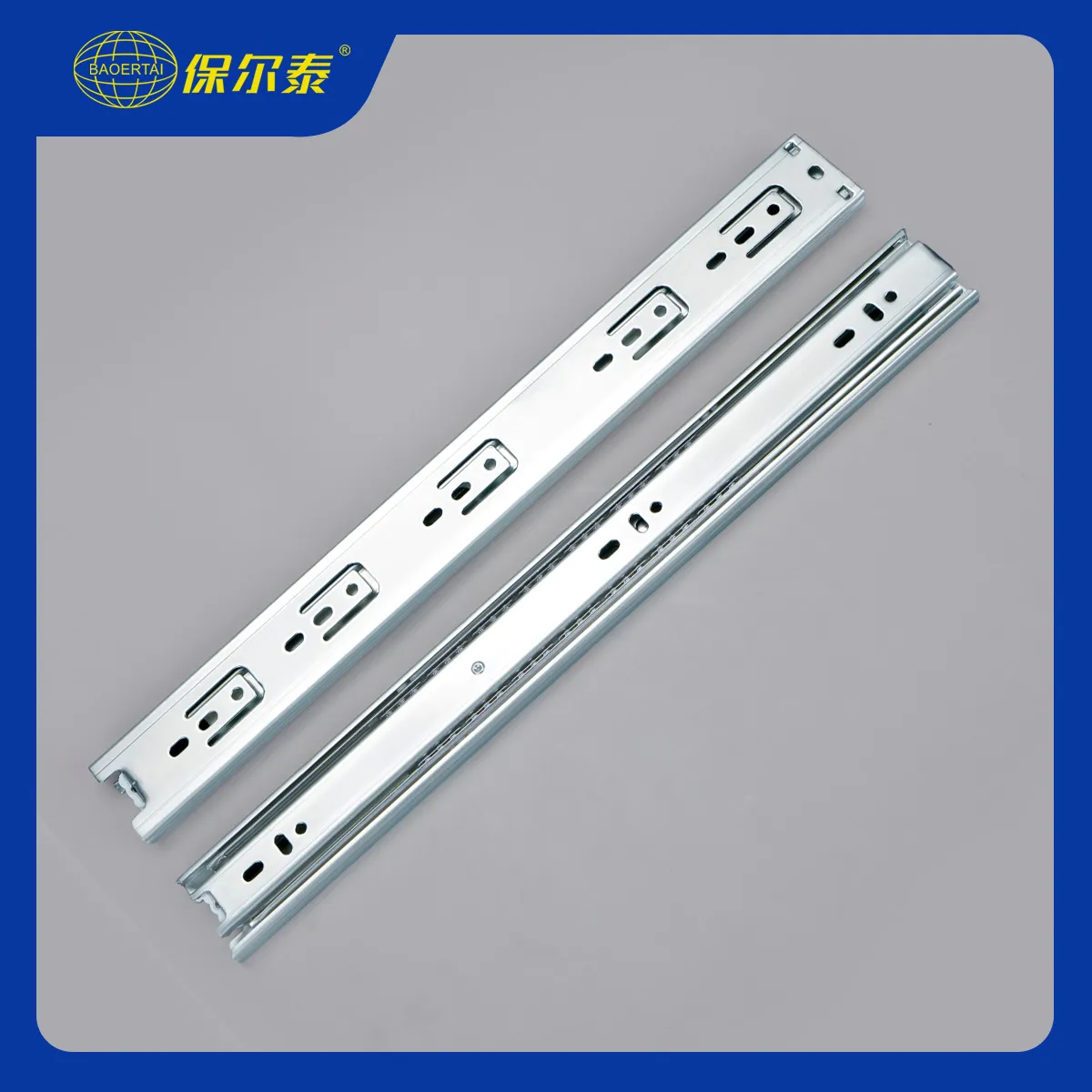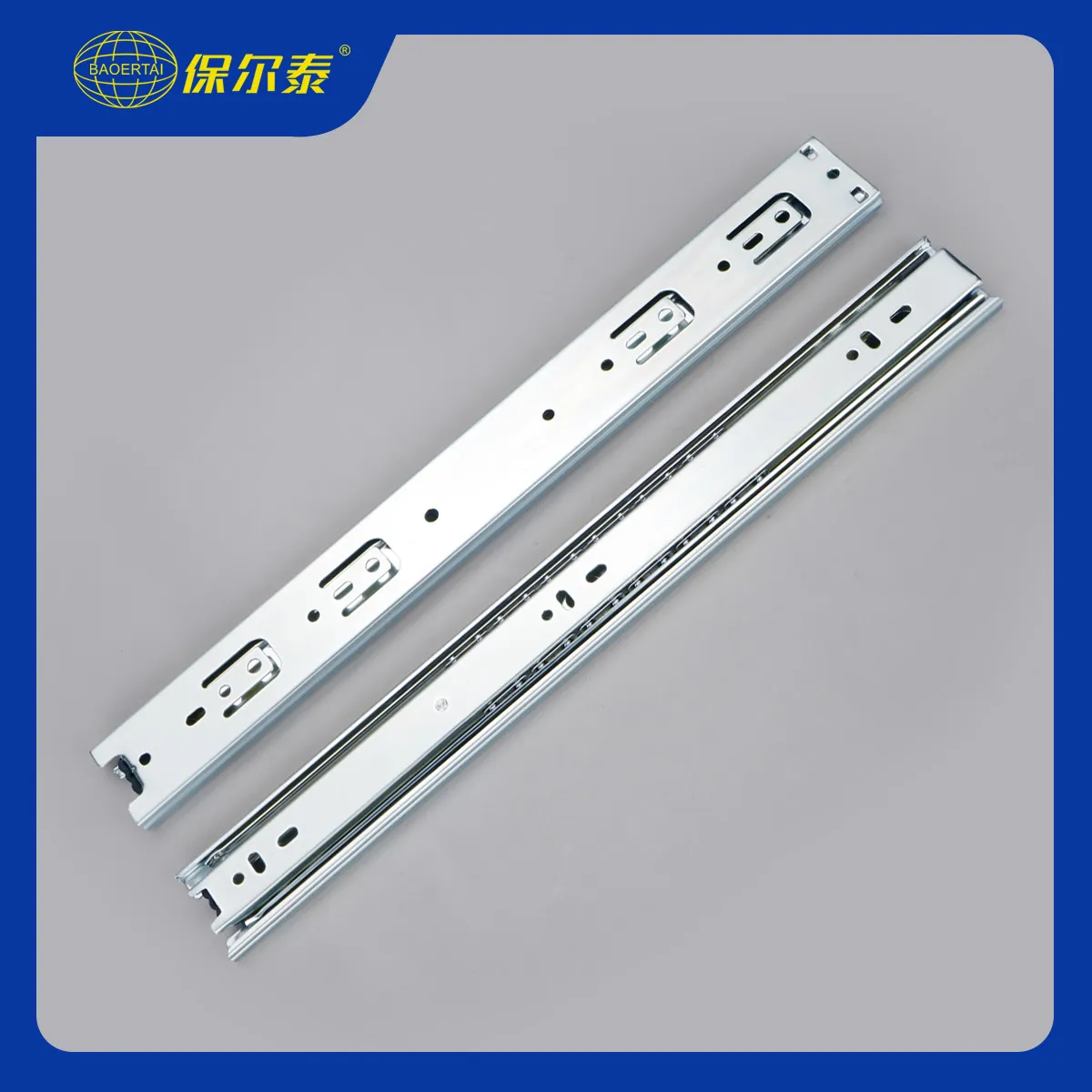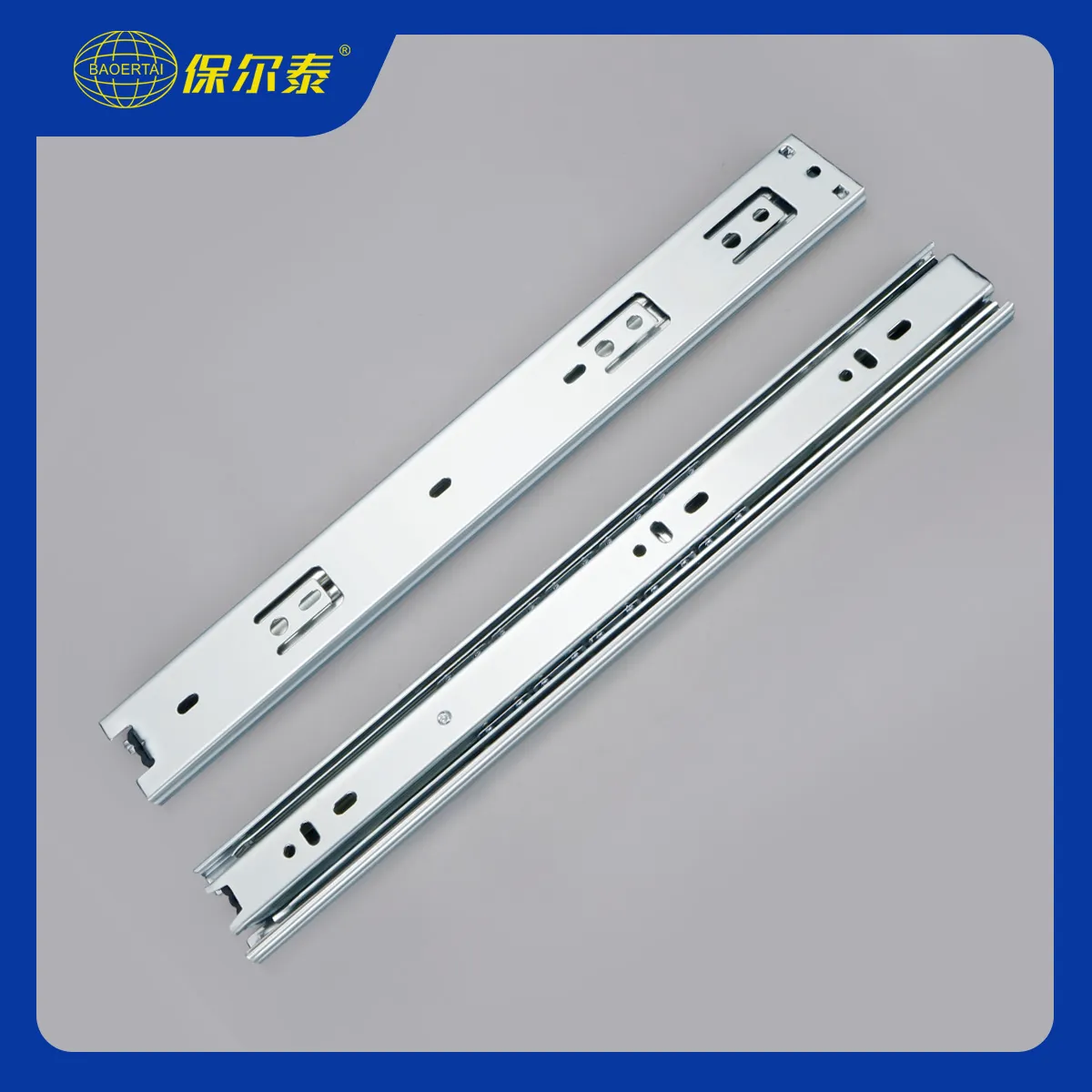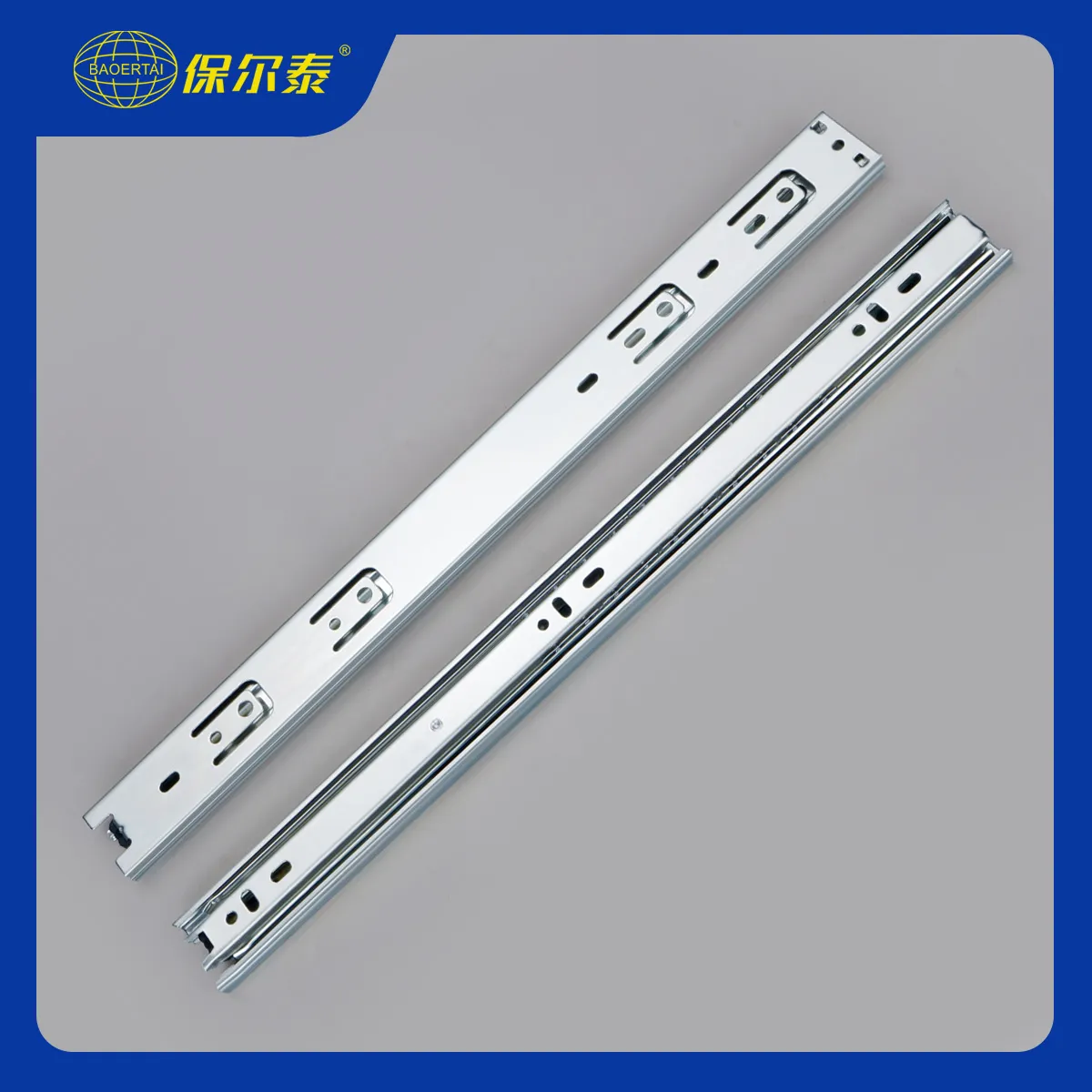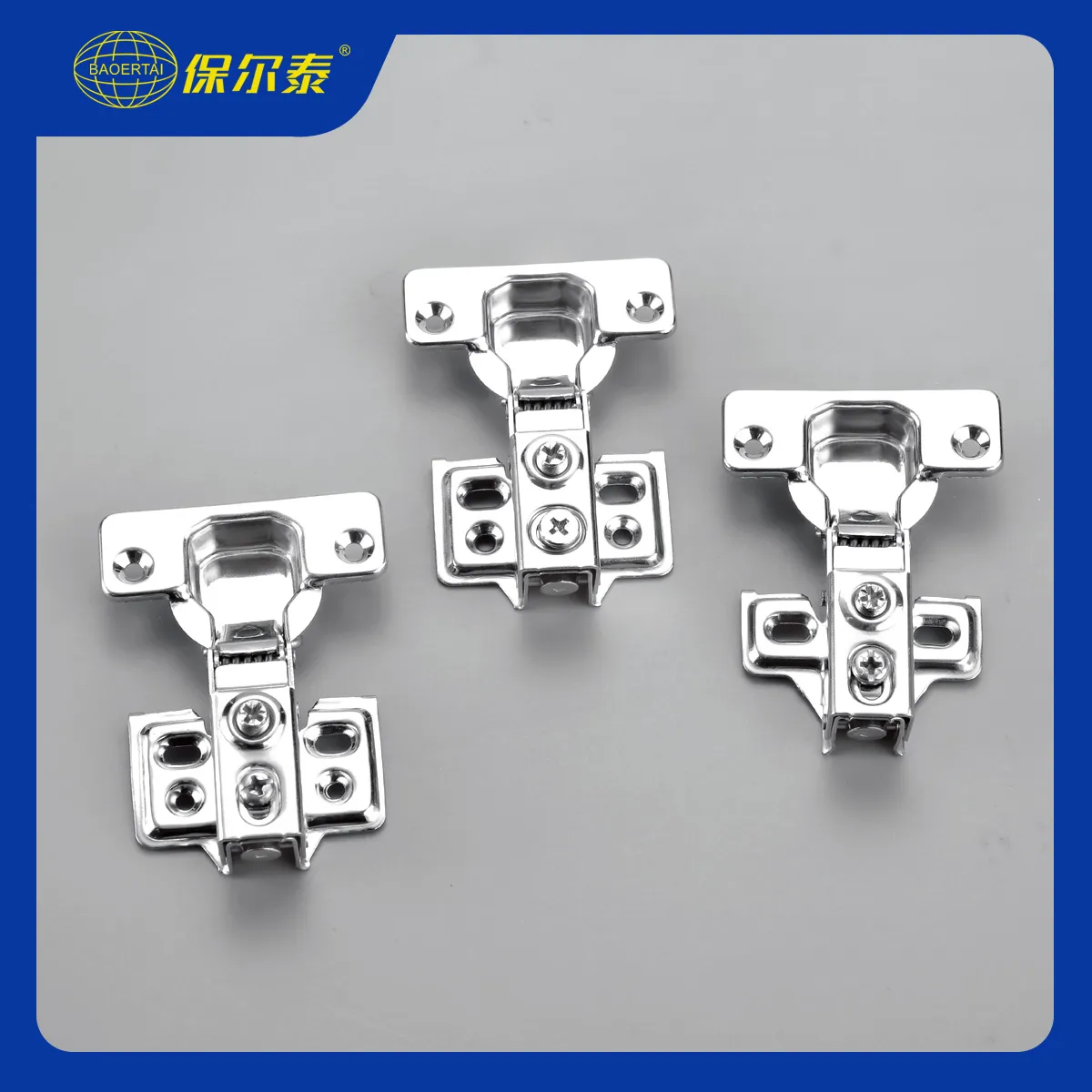Устали от традиционных открытых петель, которые нарушают общую эстетику ваших шкафов? Переход на скрытые петли для шкафов (скрытые петли) мгновенно придает дверцам шкафов более современный вид и обтекаемые линии! Оборудование Baoertaiпрофессионал пользовательские петли шкафа производительВ ней подробно описаны шаги по замене и объясняются преимущества наших высококачественных оптовая продажа петель для шкафовЭто упрощает процесс обновления!
Инструменты и материалы:
- Новые скрытые петли (должны соответствовать типу накладки двери/накладке - полной, половинной или врезной)
- Электрическая дрель
- Сверло Форстнера 35 мм - Baoertai рекомендует!
- Приспособление для установки петель - точность важна!
- Отвертка
- Наполнитель для дерева
- Наждачная бумага
- Соответствующая краска или отделка
- (Дополнительно) Насадка для отвертки со смещением - для работы в ограниченном пространстве
Измерьте и выберите петли:
- Снимите старую петлю.
- Определите тип накладки: Измерьте размеры накладной боковой панели при закрытой двери. Это позволит определить, нужна ли вам петля с полной накладкой, петля с половинной накладкой или петля со вставкой.
- Измерьте толщину двери: Убедитесь, что она составляет не менее 19 мм (3/4″), что является минимальным требованием для скрытых петель.
- Выберите "Новая петля": Выберите подходящую скрытую петлю в зависимости от типа накладки, толщины и необходимости демпфирования. Baoertai Hardware предлагает полный спектр типов накладок, углов открытия и закрытия, а также функций (например, широкий угол 165° и встроенный демпфер)!
Удаление старых открытых петель:
- Осторожно выкрутите все винты, соединяющие дверную панель с боковыми панелями.
- Снимите дверную панель и все старые детали петель и храните их отдельно. Будьте осторожны, чтобы не повредить края дверной панели.
Подготовка дверной панели и сверление отверстий для чашек петель:
- Использование шаблона для позиционирования: Приложите специальный шаблон для сверления (Hinge Mounting Jig) точно к внутреннему краю дверной панели. Шаблон укажет центральное положение и глубину 35-миллиметрового отверстия под чашку.
- Сверление: Используя 35-миллиметровое сверло Форстнера, просверлите глухое отверстие глубиной примерно 12-13 мм (точная глубина указана в инструкции к петле) на внутреннем крае дверной панели. Шаблон для сверления и высокоточное сверло Protech необходимы для того, чтобы отверстие было прямым и имело постоянную глубину.
Просверлите отверстия для винтов:
- Удерживая шаблон на месте, с помощью сверла соответствующего размера (обычно 3 мм или 1/8″) просверлите отверстия под винты для новых оснований петель через пилотные отверстия в шаблоне. Будьте осторожны, контролируя глубину.
Прикрепите петли к двери:
- Поместите загнутую часть скрытой петли в только что просверленные отверстия.
- При помощи прилагаемых саморезов прикрепите петли к дверной панели через отверстия, просверленные на шаге 4. Убедитесь, что петли находятся заподлицо с краем дверной панели.
Подготовка рамы и заполнение старых отверстий:
- Заполните старые отверстия: Тщательно заполните отверстия для шурупов и пазы в каркасе, где ранее находились открытые петли, высококачественной шпатлевкой для дерева.
- Шлифовка: После высыхания шпатлевки тщательно отшлифуйте ее до полной гладкости и заподлицо с поверхностью каркаса. Очистите поверхность от пыли. (При необходимости) Отделка: Если необходимо перекрасить или покрасить, это следует сделать до установки новой дверной панели, чтобы обеспечить наилучший внешний вид.
Крепление двери к раме:
- Установите дверную панель с новой скрытой петлей в исходное положение.
- Выровняйте другую часть петли (основание или рычаг) по ободу (обычно около 37 мм от переднего края дверной панели).
- Сначала просверлите небольшое отверстие в ободе (чтобы предотвратить раскалывание древесины).
- Надежно закрепите шарнирный рычаг/основание на ободе с помощью подходящих винтов. (В узких местах можно использовать перфоратор/инструмент с гибким валом).
- Не затягивайте полностью все винты.
Тонкая настройка и отделка:
- Трехмерная регулировка: Для тщательной регулировки используйте регулировочные винты на скрытой петле (обычно они расположены на стыке рычага петли и чашки):
- Регулировка вверх и вниз: Корректировка несоответствия высоты дверной панели. Регулировка влево-вправо: Регулирует ширину зазора между дверью и боковыми панелями.
- Регулировка глубины (внутрь/наружу): Обеспечивает плоское прилегание дверцы к поверхности шкафа или слегка вогнутую или выпуклую форму в закрытом состоянии.
- Когда зазор между дверьми станет равномерным, они будут плавно открываться и закрываться, а в закрытом состоянии останутся на месте, затяните все крепежные винты.
- Осмотрите отремонтированные отверстия и при необходимости нанесите краску для окончательной отделки.
Профессиональный совет:
- Шаблон необходим: Измерение и сверление отверстий вручную чревато ошибками. Специальный шаблон для сверления - это ключевое вложение, обеспечивающее последовательное расположение отверстий на всех дверных панелях и аккуратную отделку после установки.
- Измерение типа покрытия имеет большое значение: Выбор неправильного типа покрытия может привести к тому, что двери не будут закрываться должным образом или появятся неприглядные щели.
- Качественная шпаклевка имеет решающее значение: Качество шпаклевки/ремонтной смеси для дерева определяет видимость и долговечность ремонта.
- Рассмотрите возможность модернизации демпфирования: Скрытые демпфирующие петли (скрытые петли soft-close) могут значительно улучшить пользовательский опыт и являются изюминкой элитных проектов.
- Профессиональная помощь: Если вы не знаете, как действовать, или если установка касается дорогостоящих шкафов, нанять профессионального установщика шкафов будет разумным решением.
Резюме
Переход от открытых петель к скрытым - это инвестиция, которая может значительно улучшить эстетику и современность вашего шкафа. Главное - выбрать правильный тип (и покрытие) скрытых петель, использовать специальное 35-миллиметровое сверло и шаблон для точного сверления, тщательно заделать старые отверстия и отрегулировать новые петли. Самостоятельная работа возможна, но при этом необходимо уделить внимание деталям и использовать специализированные инструменты.
Оборудование Baoertai занимается обеспечением высококачественных, индивидуальных и оптовых поставок скрытых петель для шкафов и других фурнитурных решений для клиентов по всему миру. Будь то индивидуальная модернизация, индивидуальный дизайнерский проект или оптовая закупка фурнитуры для производителя шкафов, мы обладаем всеми возможностями и сервисом для удовлетворения ваших потребностей. Свяжитесь с нами для получения образцов и оптовых каталогов, чтобы узнать, какая высокоточная фурнитура сделает ваши шкафы особенными!
ЧАСТО ЗАДАВАЕМЫЕ ВОПРОСЫ
Вопрос: Скрытые петли и скрытые петли - это одно и то же?
О: Да, как правило, они относятся к одному и тому же типу петель, то есть во время работы они полностью скрыты между дверной и боковой панелями.
Вопрос: Почему необходимо использовать сверло диаметром 35 мм? Другие варианты недопустимы?
О: 35 мм - это промышленный стандарт. Большинство европейских скрытых петель имеют отверстие диаметром 35 мм. Использование нестандартного размера приведет к неправильной установке или снижению несущей способности.
В: Можно ли установить петлю без специального шаблона для сверления (джига)?
О: Технически это возможно, но крайне не рекомендуется! Сверлить вручную очень сложно, это может привести к несовпадению отверстий и неравномерной глубине, что приведет к неравномерным зазорам и сложной регулировке после установки. Шаблон необходим для эффективной и точной установки. Baoertai может предоставить или порекомендовать подходящие шаблоны!
Q: Как выбрать правильный тип накладки?
О: Главное - измерить размеры дверной панели, которая будет закрывать боковую панель в закрытом состоянии. Полное наложение / полный коленкор: дверь полностью закрывает косяк (обычно 16 мм+), практически не оставляя видимого косяка между соседними дверями. Используйте петли с полным перекрытием.
Полунакладные / полуколенчатые: две двери имеют один косяк, при этом каждая дверь занимает примерно половину ширины косяка (обычно 10-15 мм). Используйте полунакладные петли.
Вставка: Дверь утоплена в раму шкафа, в закрытом состоянии находится заподлицо с косяком (охват ≈ 0). Используйте врезные петли.
Если вы не уверены, сделайте подробную фотографию старой установки петли, четко измерьте крышку и отправьте ее в службу поддержки клиентов *Boertai для помощи в выборе модели.
Вопрос: Поддерживает ли Boertai Hardware оптовые продажи и изготовление на заказ? Каково минимальное количество заказа (MOQ)?
О: Да! Оптовая торговля и изготовление на заказ - наши основные направления деятельности. Мы обслуживаем производителей шкафов, дистрибьюторов и строительные проекты. Минимальное количество заказа (MOQ) варьируется в зависимости от типа продукта, спецификаций и требований к изготовлению на заказ. При небольших объемах заказных работ могут предлагаться более гибкие MOQ, а при больших объемах стандартных заказов - более конкурентоспособные MOQ. Пожалуйста, свяжитесь с нами напрямую, чтобы узнать цену и детали MOQ.
В: Какие варианты отделки и цвета предлагает Baoertai?
О: Мы предлагаем различные популярные виды отделки, включая, но не ограничиваясь ими: нержавеющая сталь, яркий никель, матовый никель, яркий хром, матовый хром, матовый черный и космический серый. Мы также принимаем заказ на порошковую окраску в определенные цвета RAL (при условии соблюдения требований MOQ). Для получения подробной информации обратитесь к нашему каталогу продукции или к торговым представителям.


